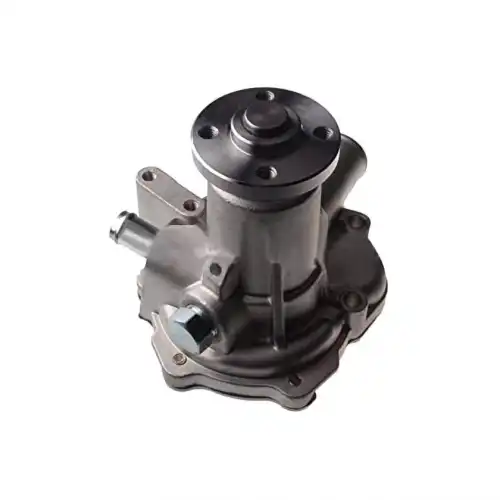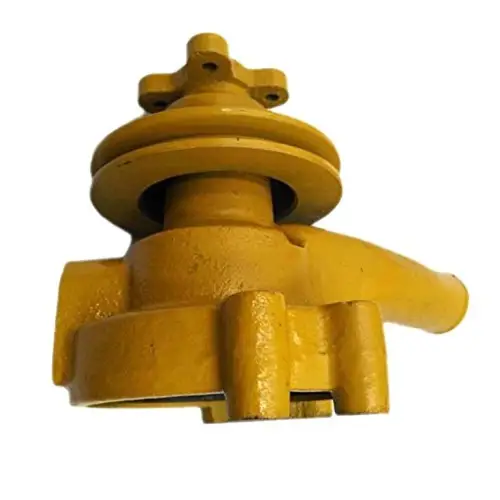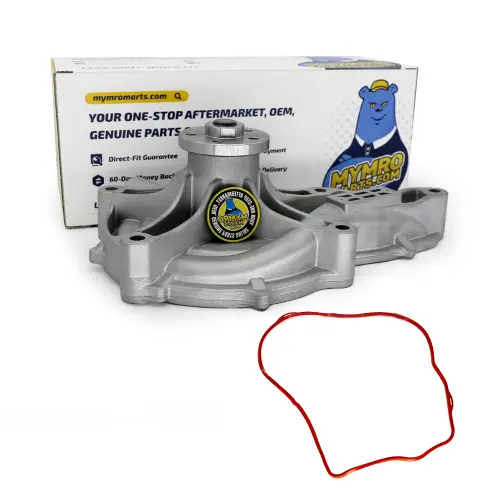
 -14% Water Pump 85151110 85151109 for Volvo Engine D13 MACK MP8Special Price $129.80 Original Price $150.60 Save:$20.80 (14% OFF)Save $20.80(-14%)
-14% Water Pump 85151110 85151109 for Volvo Engine D13 MACK MP8Special Price $129.80 Original Price $150.60 Save:$20.80 (14% OFF)Save $20.80(-14%)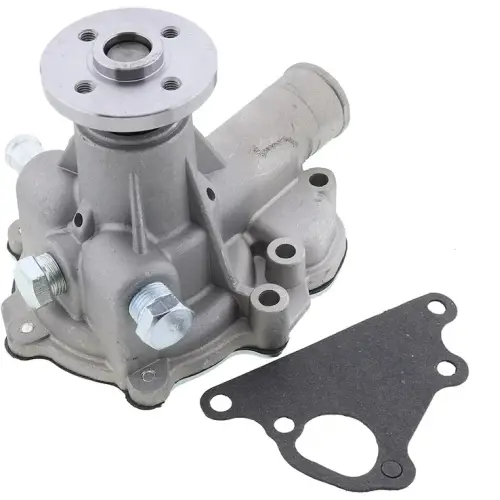
 -8% Water Pump 128987GT 128987 for Genie S-40 S-45 S-60 S-65 S-80 S-85 Z-45/25 IC Z-45/25J IC Z-60/34 Z-62/40 Z-80/60Special Price $46.52 Original Price $50.77 Save:$4.25 (8% OFF)Save $4.25(-8%)
-8% Water Pump 128987GT 128987 for Genie S-40 S-45 S-60 S-65 S-80 S-85 Z-45/25 IC Z-45/25J IC Z-60/34 Z-62/40 Z-80/60Special Price $46.52 Original Price $50.77 Save:$4.25 (8% OFF)Save $4.25(-8%)
 -35% Water Pump 3800883 for Cummins B3.3 Diesel Engine Excavator LoaderSpecial Price $120.99 Original Price $185.00 Save:$64.01 (35% OFF)Save $64.01(-35%)
-35% Water Pump 3800883 for Cummins B3.3 Diesel Engine Excavator LoaderSpecial Price $120.99 Original Price $185.00 Save:$64.01 (35% OFF)Save $64.01(-35%)
 -8% Water Pump 8-972530281 for Isuzu Engine 4BG1 6BG1Special Price $109.90 Original Price $119.90 Save:$10.00 (8% OFF)Save $10.00(-8%)
-8% Water Pump 8-972530281 for Isuzu Engine 4BG1 6BG1Special Price $109.90 Original Price $119.90 Save:$10.00 (8% OFF)Save $10.00(-8%)
 -22% Water Pump U5MW0108 for Massey Ferguson Tractor 365 375 390 393 398 3050 3060 3065 3070 Perkins Engine A4.236 AT4.236 T4.236 A4.248Special Price $102.62 Original Price $131.50 Save:$28.88 (22% OFF)Save $28.88(-22%)
-22% Water Pump U5MW0108 for Massey Ferguson Tractor 365 375 390 393 398 3050 3060 3065 3070 Perkins Engine A4.236 AT4.236 T4.236 A4.248Special Price $102.62 Original Price $131.50 Save:$28.88 (22% OFF)Save $28.88(-22%)
 -20% Water Pump 1A051-73032 for Kubota Excavator KX91 KX161-3 U35-3 Engine V2403 V2203Special Price $54.99 Original Price $68.74 Save:$13.75 (20% OFF)Save $13.75(-20%)
-20% Water Pump 1A051-73032 for Kubota Excavator KX91 KX161-3 U35-3 Engine V2403 V2203Special Price $54.99 Original Price $68.74 Save:$13.75 (20% OFF)Save $13.75(-20%)
 -37% Engine Water Pump 1534173030 Kubota L245 L295 L295DT L245F L245H L295 L295DTSpecial Price $62.99 Original Price $100.70 Save:$37.71 (37% OFF)Save $37.71(-37%)
-37% Engine Water Pump 1534173030 Kubota L245 L295 L295DT L245F L245H L295 L295DTSpecial Price $62.99 Original Price $100.70 Save:$37.71 (37% OFF)Save $37.71(-37%)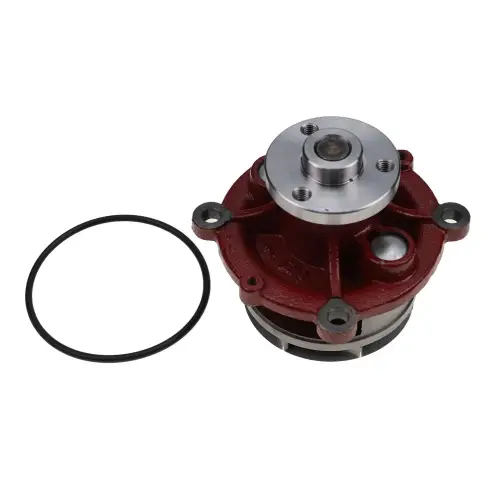
 -10% Engine Water Pump 02937441 04500930 04259548 04206613 04205929 04299142 For Deutz TCD2013 TCD2012 BF4M2012 BF6M2012 BF6M1013Special Price $38.08 Original Price $42.31 Save:$4.23 (10% OFF)Save $4.23(-10%)
-10% Engine Water Pump 02937441 04500930 04259548 04206613 04205929 04299142 For Deutz TCD2013 TCD2012 BF4M2012 BF6M2012 BF6M1013Special Price $38.08 Original Price $42.31 Save:$4.23 (10% OFF)Save $4.23(-10%)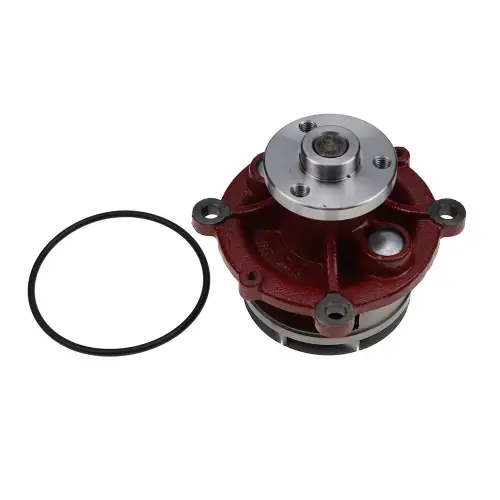
 -24% Engine Water Pump 0425 8805 for Deutz Engine BF4M BF6M1013ESpecial Price $46.48 Original Price $60.92 Save:$14.44 (24% OFF)Save $14.44(-24%)
-24% Engine Water Pump 0425 8805 for Deutz Engine BF4M BF6M1013ESpecial Price $46.48 Original Price $60.92 Save:$14.44 (24% OFF)Save $14.44(-24%)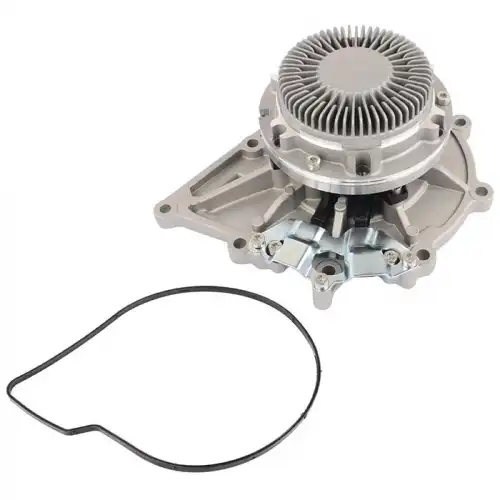
 -12% Engine Water Pump EA4712001101 EA4722001601 A4712001101 for Detroit DD16 DD15 DD13 Mercedes-Benz OM 470 LA OM 471 LA Engine Freightliner Cascadia 2008-2022 Western Star 5700XE 2016-2022 TruckSpecial Price $501.06 Original Price $569.39 Save:$68.33 (12% OFF)Save $68.33(-12%)
-12% Engine Water Pump EA4712001101 EA4722001601 A4712001101 for Detroit DD16 DD15 DD13 Mercedes-Benz OM 470 LA OM 471 LA Engine Freightliner Cascadia 2008-2022 Western Star 5700XE 2016-2022 TruckSpecial Price $501.06 Original Price $569.39 Save:$68.33 (12% OFF)Save $68.33(-12%)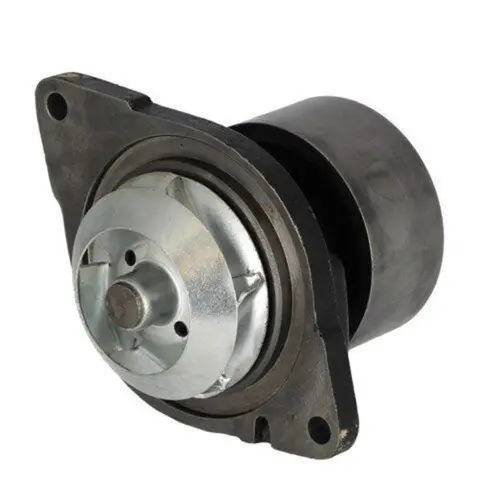
 -16% Engine Water Pump A77703 for CASE 1620 1640 1644 1800 1822 1844 2022 2044 2144 2096 9110 9130 8820 8830 8840 8850Special Price $58.80 Original Price $69.85 Save:$11.05 (16% OFF)Save $11.05(-16%)
-16% Engine Water Pump A77703 for CASE 1620 1640 1644 1800 1822 1844 2022 2044 2144 2096 9110 9130 8820 8830 8840 8850Special Price $58.80 Original Price $69.85 Save:$11.05 (16% OFF)Save $11.05(-16%)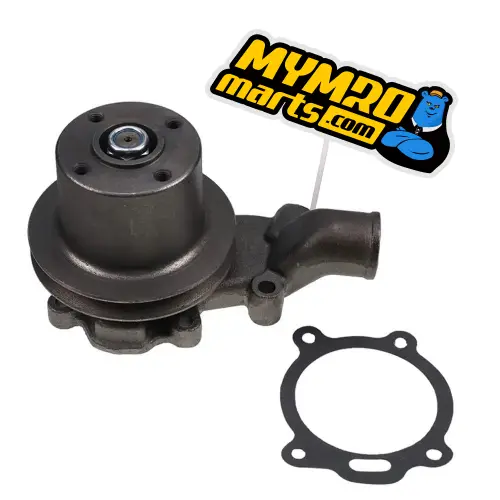
 -18% Engine Water Pump U5MW0104 for Perkins Engine 4.236Special Price $87.99 Original Price $107.30 Save:$19.31 (18% OFF)Save $19.31(-18%)
-18% Engine Water Pump U5MW0104 for Perkins Engine 4.236Special Price $87.99 Original Price $107.30 Save:$19.31 (18% OFF)Save $19.31(-18%)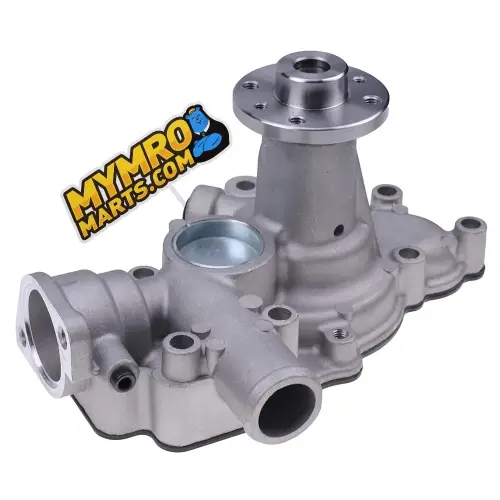
 -10% Engine Water Pump 8-97254148-1 for Doosan SOLAR 030PLUS SOLAR 035 Isuzu Engine 4LE1Special Price $54.83 Original Price $60.92 Save:$6.09 (10% OFF)Save $6.09(-10%)
-10% Engine Water Pump 8-97254148-1 for Doosan SOLAR 030PLUS SOLAR 035 Isuzu Engine 4LE1Special Price $54.83 Original Price $60.92 Save:$6.09 (10% OFF)Save $6.09(-10%)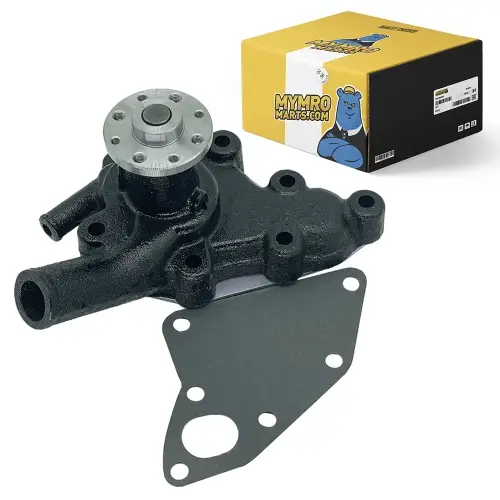
 -30% Engine Water Pump 5-13610-038-1 for Isuzu Engine Elf Journey G201 C221 C240 G240Special Price $108.99 Original Price $155.50 Save:$46.51 (30% OFF)Save $46.51(-30%)
-30% Engine Water Pump 5-13610-038-1 for Isuzu Engine Elf Journey G201 C221 C240 G240Special Price $108.99 Original Price $155.50 Save:$46.51 (30% OFF)Save $46.51(-30%)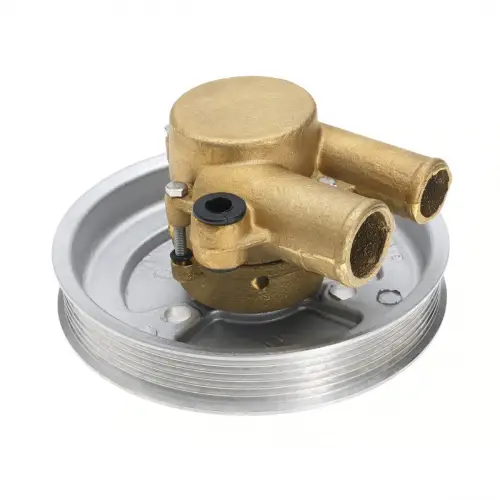
 -10% Sea Engine Water Pump 21212799 3812519 for Volvo Penta Engine 4.3 5.0 5.7Special Price $115.76 Original Price $128.62 Save:$12.86 (10% OFF)Save $12.86(-10%)
-10% Sea Engine Water Pump 21212799 3812519 for Volvo Penta Engine 4.3 5.0 5.7Special Price $115.76 Original Price $128.62 Save:$12.86 (10% OFF)Save $12.86(-10%)
 -6% Engine Water Pump U5MW0193 U5MW0164 U5MW0154 for Perkins Engine 1004-40T 1004-40TW 1006-60T 1006-60TA 1006-60TWSpecial Price $148.00 Original Price $157.00 Save:$9.00 (6% OFF)Save $9.00(-6%)
-6% Engine Water Pump U5MW0193 U5MW0164 U5MW0154 for Perkins Engine 1004-40T 1004-40TW 1006-60T 1006-60TA 1006-60TWSpecial Price $148.00 Original Price $157.00 Save:$9.00 (6% OFF)Save $9.00(-6%)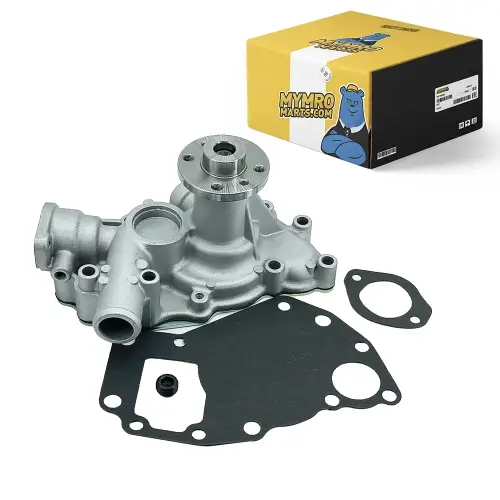
 -19% Engine Water Pump 8-97132210-1 8-97321508-3 Isuzu Engine 3LB1Special Price $119.99 Original Price $149.00 Save:$29.01 (19% OFF)Save $29.01(-19%)
-19% Engine Water Pump 8-97132210-1 8-97321508-3 Isuzu Engine 3LB1Special Price $119.99 Original Price $149.00 Save:$29.01 (19% OFF)Save $29.01(-19%)
Engine Water Pump
The engine water pump function is to pressurize the cooling water and accelerate the circulation of the cooling water. The continuous diesel engine water pump working can make the cooling water circulate continuously in the water circuit so that the engine does not generate excessive heat. A malfunctioning water pump can cause the engine to overheat, which can cause serious engine damage. So it is necessary to replace the faulty engine water pump in time.
As one of the professional diesel engine water pump suppliers, MyMROmarts has different models of engine water pump replacements for sale at a low cost.You can choose diesel engine water pump replacements for tractors, forklifts,skid steers, and other heavy-duty equipment at MyMROmarts. If you have any questions while browsing MyMROmarts diesel engine water pump replacements, you can feel free to contact our customer service, and we will answer you as soon as we receive the message.
What Is an Engine Water Pump?
When the engine is working, fuel combustion is converted into mechanical energy and a large amount of heat is released. The temperature of the piston, cylinder liner, cylinder head and other components in the combustion chamber will be very high, and they need to be continuously cooled to maintain normal operation. The temperature of the engine directly determines its working status. If the temperature is too low, the efficiency of the engine will be very low. However, when the temperature exceeds the limit that the engine itself can withstand, it will cause damage to the engine. The water pump is an important component in the engine cooling system. Its function is to continuously circulate the coolant in the engine cooling system flow channels. At the same time, with the cooperation of the radiator, fan clutch, cooling fan, thermostat and other components, large and small circulations are realized. And the temperature of the coolant is adjusted within a certain range to ensure the normal operation of the engine.
How Does the Engine Water Pump Works?
Engine Water pumps are designed and manufactured based on the centrifugal working principle. The coolant in the water inlet gains energy when the impeller rotates at high speed, and enters the water accumulation chamber and water outlet of the water pump volute. At the same time, a low-pressure area is formed in the center of the impeller, and the coolant is continuously supplied, forming a continuous suction and discharge process.
Several Typical Faults of Engine Water Pump
Here is a brief list of some typical failures of water pumps. This article will specifically explain the causes and solutions of water pump failure:
- Abnormal noise caused by water sealing
- Water seal leaks
- Impeller damaged
- Bearing lockup and breakage
- Leakage on the mounting surface
 Track Your Order
Track Your Order




